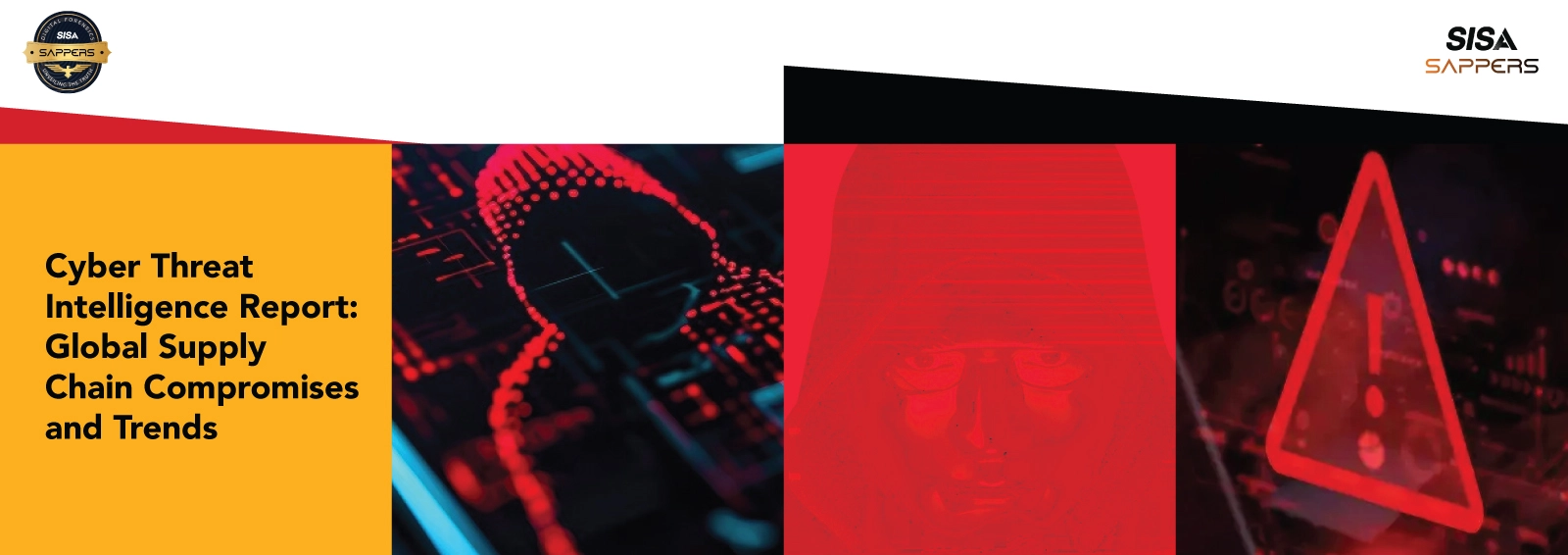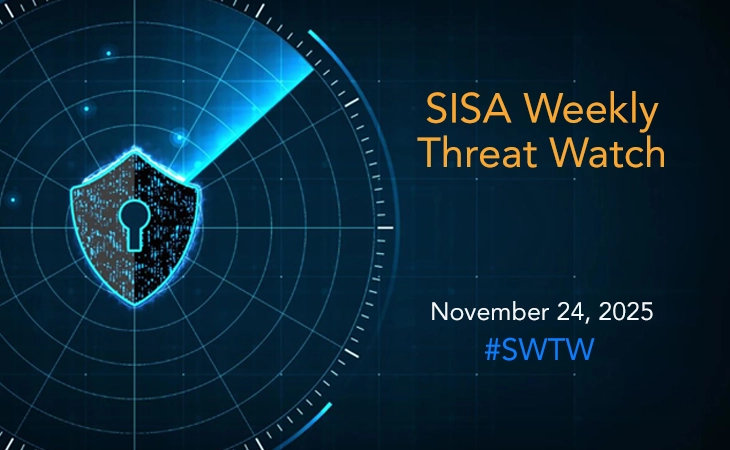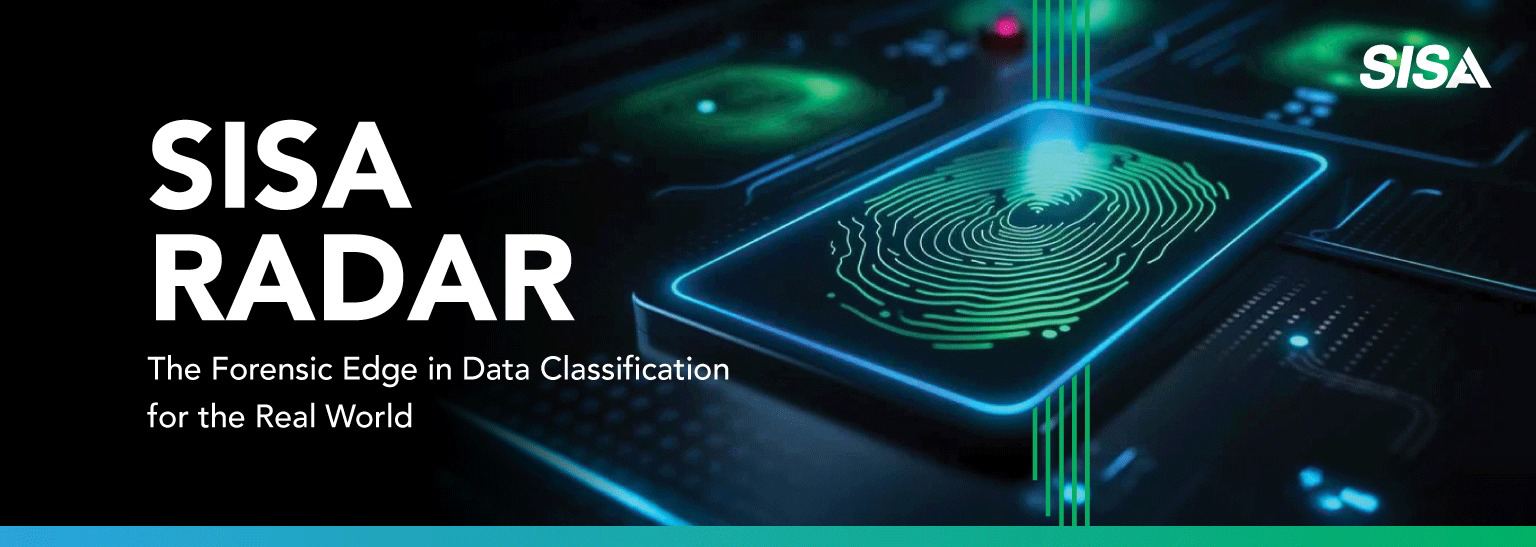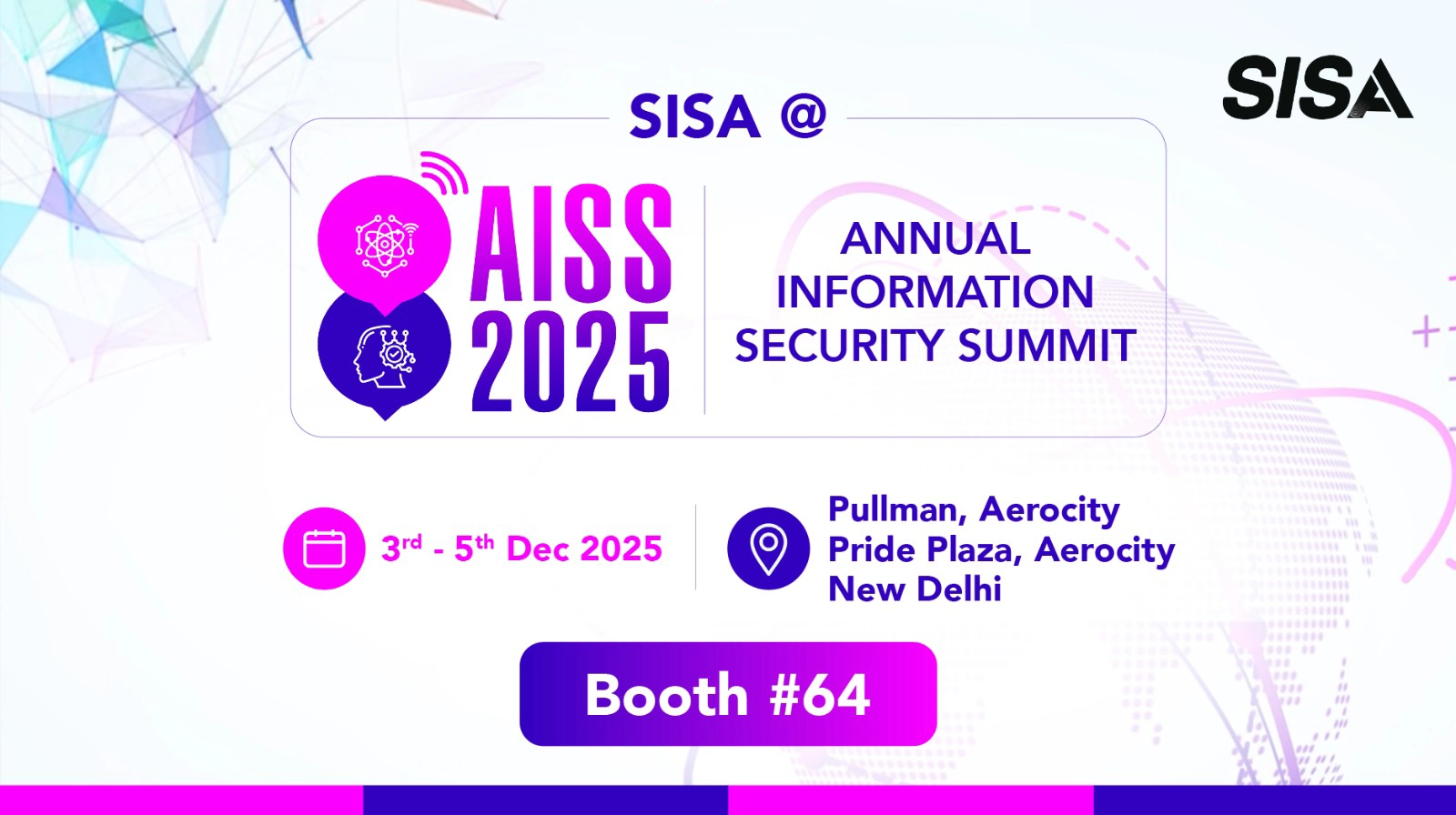
The Compliance Multiplier: How HITRUST Reduces Audit Fatigue Across PCI DSS, GDPR, SOC 2, and ISO 27001
Introduction: The New Compliance Reality for Digital Payments
The digital payments industry is scaling faster than ever, and so is the complexity of compliance. Every payment company today operates in a maze of overlapping mandates: PCI DSS for cardholder data, GDPR or DPDP for privacy, ISO 27001 for security governance, and SOC 2 for partner assurance.
Each framework has its own audit cycle and evidence demands, often testing the same controls repeatedly — encryption, access management, incident response, but under different names. The result is compliance fatigue: teams spending more time proving compliance than improving security.
For a global payment gateway, this can mean four or more audits a year, countless hours of evidence collection, and mounting frustration as similar controls are reviewed in isolation. In an environment where trust and time are both precious, fragmented compliance is fast becoming an operational risk.
The Cost of Fragmented Compliance
What starts as good governance often spirals into duplication. Separate teams handle PCI DSS, ISO, SOC 2, and GDPR audits — each creating its own documentation and reports. The result: overlapping evidence, inconsistent metrics, and escalating costs.
This siloed approach drains productivity, delays certifications, and leaves leaders juggling multiple findings that describe the same control differently. In high-stakes environments like digital payments, it also slows partnerships and erodes regulator confidence.
This is audit fatigue in action — compliance that consumes effort but adds limited value. The solution isn’t fewer frameworks, but a smarter way to integrate them. That’s exactly what HITRUST delivers: serving as a compliance multiplier that brings together multiple frameworks into a single, consistent, and scalable structure.
HITRUST: A Unified Control Framework for a Fragmented World
For digital payment companies caught between multiple regulations, HITRUST offers a way to turn complexity into clarity. Built on the principle of “assess once, report many,” the HITRUST Common Security Framework (CSF) harmonizes requirements from leading global standards — including PCI DSS, GDPR, ISO 27001, SOC 2, NIST, and others — into one integrated control set.
Instead of maintaining separate evidence libraries or audit trails for each framework, organizations can align to the HITRUST CSF and demonstrate compliance across them. A single encryption control, for example, can satisfy PCI DSS requirements for protecting stored cardholder data, GDPR’s Article 32 for secure processing, and ISO 27001’s cryptography standards — all at once.
HITRUST’s maturity model, which assesses policies, implementation, and continuous improvement, ensures that compliance is not a snapshot but a sustained state of readiness. For payment organizations, it’s the bridge between regulatory assurance and operational efficiency — proof that compliance can scale as fast as innovation does.
The Compliance Multiplier Effect: One Framework, Many Assurances
The strength of HITRUST lies in its ability to unify what were once disconnected compliance efforts. By mapping controls from multiple global standards into a single framework, it acts as a compliance multiplier, giving organizations broader assurance with every assessment effort, translating into fewer audits, faster readiness, and consistent documentation.
For PCI DSS, HITRUST integrates cardholder data protection requirements such as network segmentation, encryption, access control, and continuous monitoring. Instead of separate PCI audits that focus narrowly on the cardholder data environment (CDE), payment firms can align the same controls within HITRUST and demonstrate equivalent compliance across their enterprise. This not only saves audit time but also extends PCI-grade security discipline to all business units.
For GDPR and privacy mandates, HITRUST embeds privacy-by-design principles into its data protection and governance domains. Controls around data minimization, consent management, breach notification, and encryption directly address GDPR Articles 25 and 32. The result is stronger privacy assurance that regulators recognize and customers trust — a major differentiator for cross-border payment providers.
For ISO 27001/27002, HITRUST provides a ready-made bridge. Its governance, risk management, and business continuity controls mirror ISO’s ISMS structure, ensuring that leadership accountability, risk assessment, and continuous improvement are built into every compliance cycle. Many organizations find that HITRUST readiness puts them more than halfway toward ISO certification.
For SOC 2, HITRUST maps seamlessly to the Trust Services Criteria for security, availability, confidentiality, and privacy. Because HITRUST includes maturity scoring and continuous measurement, the same evidence gathered for HITRUST assessments can often be leveraged for SOC 2 attestation, drastically reducing redundancy.
HITRUST Controls Mapping to PCI DSS, GDPR, ISO and SOC 2
Control Theme | HITRUST CSF Domain / Control Area | PCI DSS | GDPR | ISO 27001/27002 | SOC 2 |
Data Encryption & Key Management | Cryptographic Protections, Key Management | Protects stored and transmitted cardholder data | Ensures secure processing and protection of personal data | Aligns with cryptography and key management standards | Supports confidentiality and data protection controls |
Access Control & Authentication | Access Control, Identity & Access Management | Restricts access based on business need and enforces MFA | Ensures least privilege and accountability for user access | Covers user access, authentication, and privilege management | Maps to security and confidentiality principles |
Network Security & Segmentation | Network & Communications Security | Secures cardholder data environment through segmentation | Protects personal data during transmission | Governs network security and perimeter defenses | Reinforces system security and boundary protection |
Secure Configuration & Patching | Configuration & Vulnerability Management | Enforces secure system configuration and timely patching | Requires strong technical safeguards | Supports secure configuration and patch lifecycle | Strengthens monitoring and remediation practices |
Logging & Monitoring | Logging, Monitoring & Security Operations | Enables audit trails and continuous monitoring | Ensures traceability and breach readiness | Covers event logging and anomaly detection | Links to system operations and monitoring controls |
Incident Response & Breach Management | Incident Management | Defines processes for containment, communication, and recovery | Requires timely breach notification and reporting | Ensures incident handling and continual improvement | Aligns with incident management and response principles |
Risk Management & Governance | Information Protection Program, Risk Management | Establishes overarching security governance | Embeds accountability and data protection by design | Forms the foundation of ISMS and risk assessment | Aligns with governance and risk evaluation criteria |
Third-Party & Vendor Risk | Third-Party Assurance | Manages service provider security | Governs processors and data sharing agreements | Extends ISMS to suppliers and contractors | Ensures vendor oversight and assurance |
Business Continuity & Resilience | Business Continuity Planning | Maintains resilience and recovery readiness | Ensures data availability and operational continuity | Covers business continuity and redundancy planning | Supports availability and recovery commitments |
Security Awareness & Training | Human Resources Security | Educates personnel handling cardholder data | Promotes staff awareness of privacy and security | Reinforces training and behavioral controls | Aligns with control environment and awareness criteria |
Beyond Compliance: Building Continuous Trust
Whether it’s a fintech scaling internationally or an acquirer managing hundreds of merchants, HITRUST has become the quiet efficiency engine behind modern payment compliance, enabling teams to prove once, comply many times, and focus on what matters most: securing every transaction, everywhere. By embedding risk management, privacy, and security governance into a single integrated framework, it enables organizations to move from one-time audits to continuous assurance. For digital payment leaders, HITRUST doesn’t just simplify compliance; it strengthens the fabric of trust that underpins every transaction.
Latest
Blogs
Whitepapers
Monthly Threat Brief
Customer Success Stories
 USA
USA India
India APAC
APAC Middle East
Middle East Global
Global






 Facebook
Facebook Linkedin
Linkedin  X
X Youtube
Youtube






